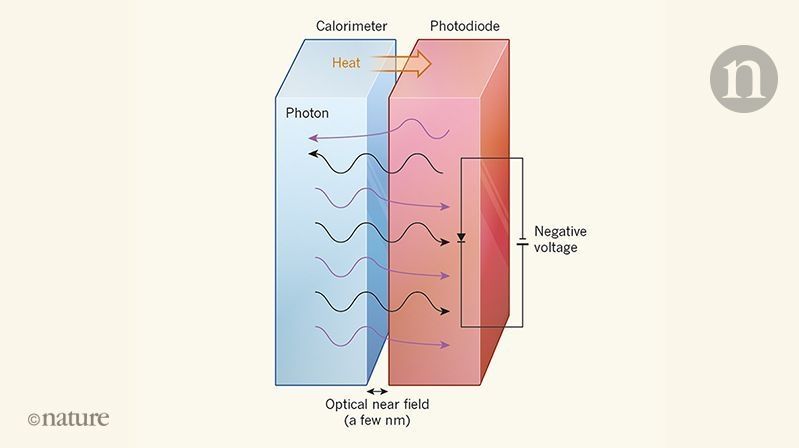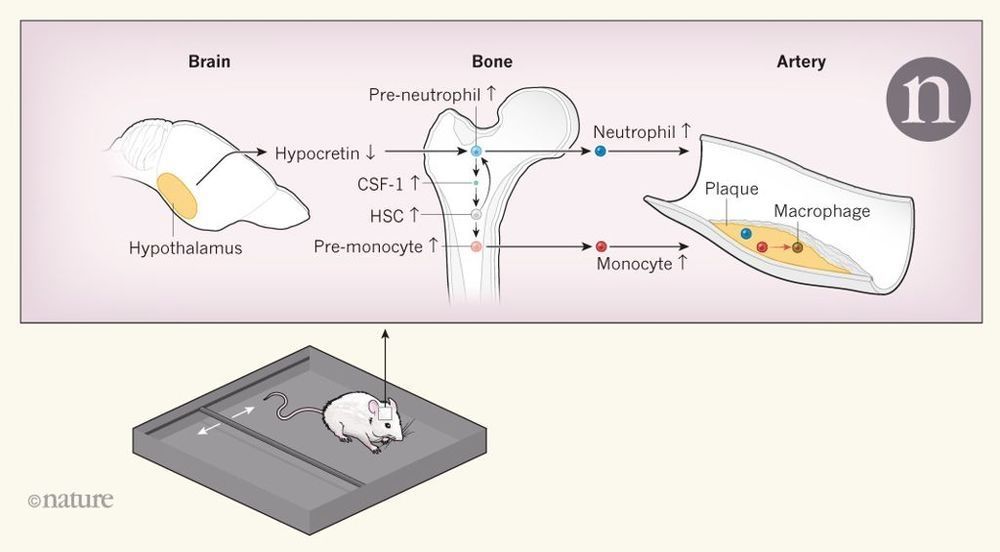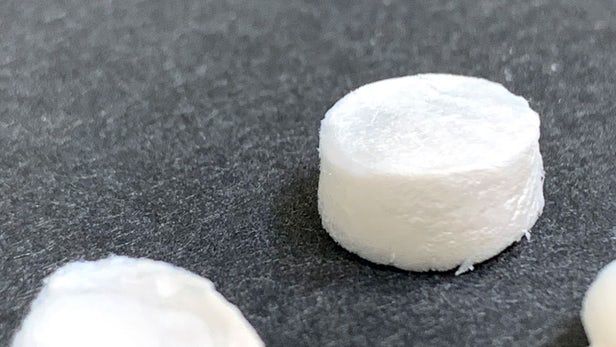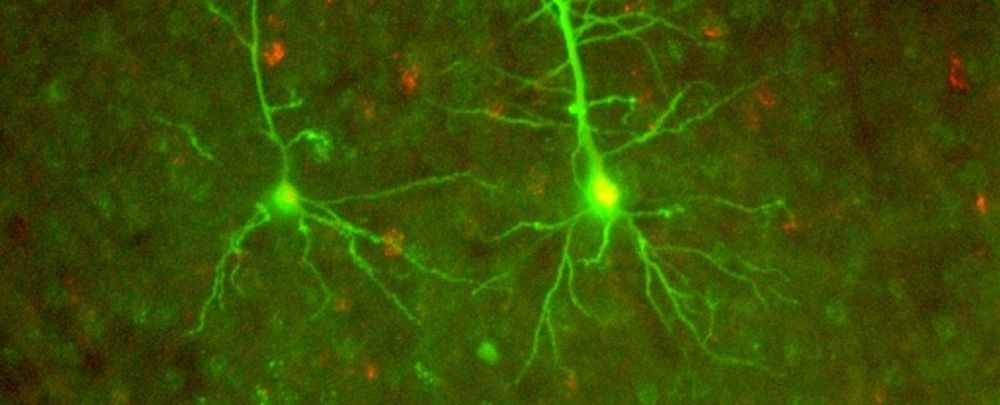Feb 18, 2019
Small research teams ‘disrupt’ science more radically than large ones
Posted by James Christian Smith in category: science
The current infatuation with large-scale scientific collaborations and the energy they can bring to a scientific domain owes much to the robust correlation that exists between citation impact and team size. This relationship has been well documented in the emerging ‘science of science’ field. Writing in Nature, Wu et al. use a new citation-based index to nuance this conventional wisdom. They find that small and large teams differ in a measurable and systematic way in the extent of the ‘disruption’ they cause to the scientific area to which they contribute.
The application of a new citation metric prompts a reassessment of the relationship between the size of scientific teams and research impact, and calls into question the trend to emphasize ‘big team’ science. The disruptive contributions of small teams to science.


















